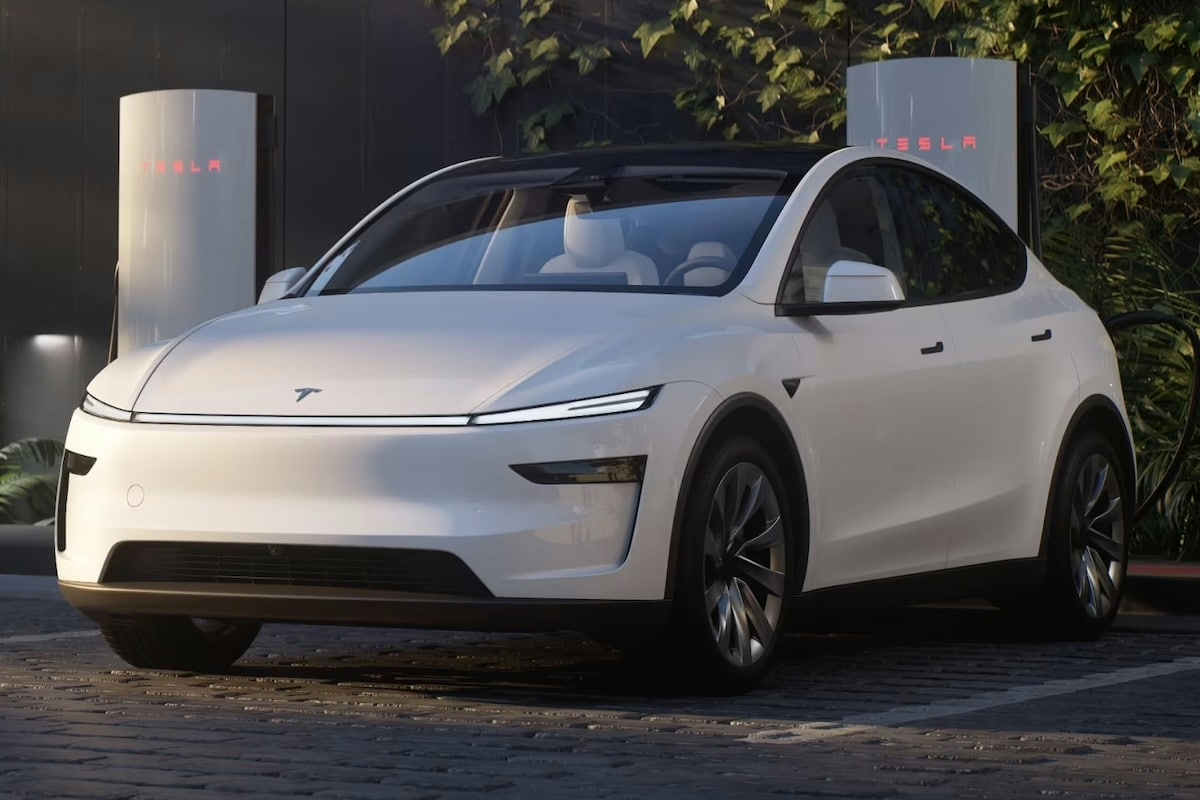Tesla unlocks 40 km of range for €1,500!

Tesla has just rolled out a technical update for its Model 3 and Model Y in China, gaining approximately 40 kilometers of range.
On paper, this is good news for the fortunate Tesla owners. But upon closer inspection, this announcement raises a crucial question. Is it normal to have to pay to unlock capabilities that the car already had at the factory?
On the Chinese social media platform Weibo, Tesla detailed the changes made to its two flagship models. The Model 3 now boasts a range of 713 kilometers (CLTC standard), and its acceleration has improved to 3.8 seconds from 0 to 100 km/h. However, this “enhanced” version comes with a price increase of about 1,500 euros. For the Model Y, the increase in range is similar, but there is no price hike. This latter point makes sense, as it is a good way to boost sales of this model, which holds all of the brand’s hopes.
Why pay for what we already have?
But this strategy is divisive. On one hand, it reflects a logical reaction to the rise of Chinese competition, epitomized by BYD, Xiaomi, and XPeng, which are quickly nibbling away at market share. Tesla must show that it remains at the forefront technologically. On the other hand, it raises questions about the transparency of the manufacturer.
Because if a simple software update (OTA) can unlock such performance or range capability, it implies that these capacities were already physically present in the car but were deliberately limited! A strategy reminiscent of Tesla’s already controversial practices regarding heated seats or factory deactivated autonomous driving options.
The idea that technology integrated into a product can only be activated after payment, and sometimes well after the initial purchase, clashes with a certain vision of customer relations. Some see it as an abusive monetization of pre-existing functions. Others see it as a clever way to segment the offering and evolve the product over time.
But in the long run, the question arises as to where innovation stops and where planned software obsolescence begins? At a time when the electric market becomes ultra-competitive, Tesla walks a fine line between customer loyalty and frustration. And what if consumers grow weary?
This page is translated from the original post "Tesla débloque 40 km d’autonomie contre 1 500 € !" in French.
We also suggestthese articles:
Also read





